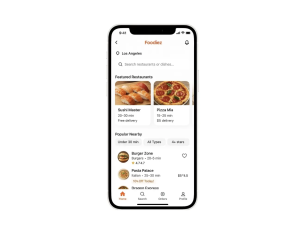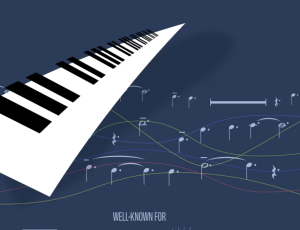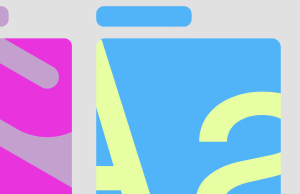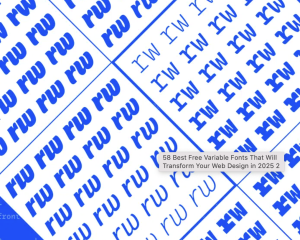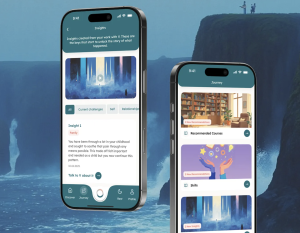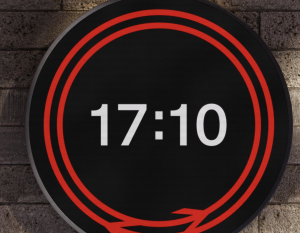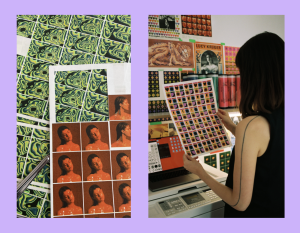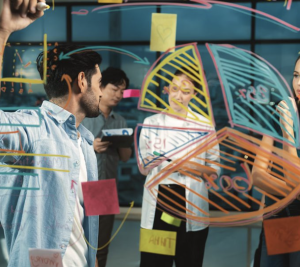Claude For Code: How to use Claude to Streamline Product Design Process
Anthropic Claude is a primary competitor of OpenAI’s ChatGPT. Just like ChatGPT this is versatile tool that can be use used in many different purposes but there is an area where Claude shines and this area is coding. Claude is great at code-adjacent design tasks and can be used as a nice supporting tool for everyday product design activities.

